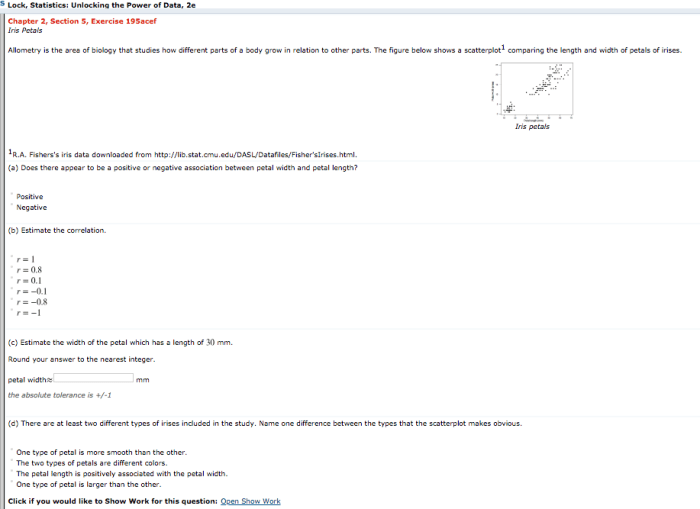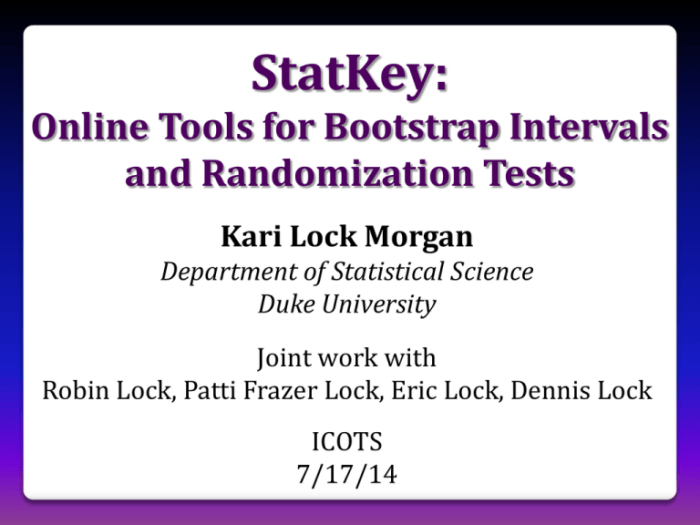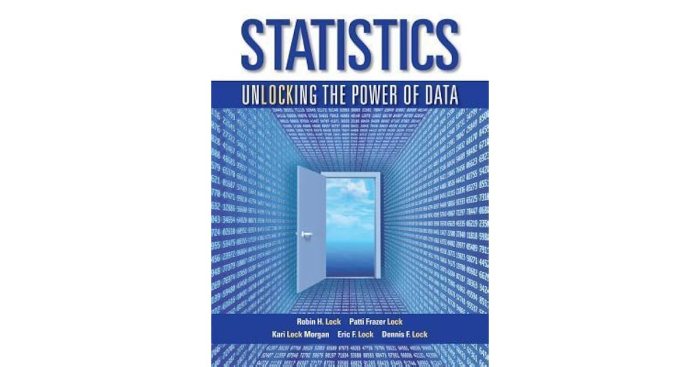Statistics unlocking the power of data pdf – As “Statistics Unlocking the Power of Data” takes center stage, this opening passage beckons readers into a world crafted with scholarly authority, ensuring a reading experience that is both absorbing and distinctly original.
In today’s data-driven landscape, statistics emerges as a crucial tool, empowering us to harness the vast potential of information. This comprehensive guide delves into the intricacies of statistical analysis, exploring its diverse applications, methodologies, and best practices.
Introduction

In the contemporary digital landscape, data has become an invaluable asset, fueling advancements and shaping decision-making across industries. Statistics plays a pivotal role in unlocking the power of data, providing a framework for understanding, analyzing, and interpreting complex datasets.
Types of Statistical Analysis

Statistical analysis encompasses a diverse range of techniques tailored to specific data types and research questions. These techniques include:
- Descriptive statistics: Summarizes and describes data using measures of central tendency, variability, and distribution.
- Inferential statistics: Draws conclusions about a larger population based on a sample, using techniques such as hypothesis testing and confidence intervals.
- Regression analysis: Examines the relationship between a dependent variable and one or more independent variables, allowing for predictions and forecasting.
- Time series analysis: Analyzes data collected over time to identify trends, patterns, and seasonality.
- Non-parametric statistics: Used when assumptions about data distribution cannot be made, employing techniques such as the Kruskal-Wallis test and Mann-Whitney U test.
Applications of Statistical Analysis, Statistics unlocking the power of data pdf
Statistical analysis has far-reaching applications, empowering decision-makers in various industries and domains:
- Healthcare:Identifying risk factors for diseases, evaluating treatment effectiveness, and optimizing patient outcomes.
- Business:Market research, customer segmentation, forecasting demand, and optimizing marketing campaigns.
- Finance:Risk assessment, portfolio optimization, and fraud detection.
- Social sciences:Understanding social phenomena, conducting surveys, and analyzing public opinion.
- Government:Policy evaluation, resource allocation, and demographic analysis.
Tools and Resources for Statistical Analysis
Numerous software and online tools are available for statistical analysis, each with its strengths and features:
- SPSS:Comprehensive statistical software with a user-friendly interface and extensive analysis capabilities.
- R:Open-source programming language widely used for data analysis, machine learning, and visualization.
- Python:Versatile programming language with libraries like NumPy, Pandas, and Scikit-learn for statistical analysis.
- Tableau:Data visualization and analytics platform that simplifies complex data exploration and communication.
- Google Analytics:Web analytics platform that provides insights into website traffic, user behavior, and conversion rates.
Best Practices for Statistical Analysis
To ensure ethical and reliable statistical analysis, it is essential to adhere to best practices:
- Define clear research questions:Identify the specific goals and objectives of the analysis.
- Select appropriate statistical techniques:Choose techniques that align with the data type, research question, and level of measurement.
- Avoid bias and confounding factors:Control for variables that may influence the results and ensure the sample is representative.
- Interpret results cautiously:Consider the limitations of the data and analysis methods, and avoid overgeneralizing the findings.
- Communicate findings effectively:Present results in a clear and concise manner, avoiding technical jargon and using visualizations to enhance understanding.
Future of Statistical Analysis
The future of statistical analysis holds exciting advancements:
- Big data analytics:Techniques for handling and analyzing massive datasets, unlocking insights from unstructured and semi-structured data.
- Artificial intelligence and machine learning:Integration of AI and ML algorithms into statistical analysis, automating tasks and enhancing predictive capabilities.
- Cloud computing:Access to scalable and cost-effective computing resources for large-scale statistical analysis.
- Real-time analytics:Techniques for analyzing data in real-time, enabling immediate decision-making and adaptive systems.
- Citizen data science:Empowering non-experts with tools and knowledge to perform basic statistical analysis and interpret results.
FAQ Resource: Statistics Unlocking The Power Of Data Pdf
What is the significance of statistics in data analysis?
Statistics provides the framework for understanding, interpreting, and drawing meaningful conclusions from data, enabling us to make informed decisions based on evidence.
How can I choose the right statistical analysis technique for my data?
The choice of statistical technique depends on the type of data, research question, and desired level of analysis. Consulting with a statistician or data analyst is recommended for guidance.
